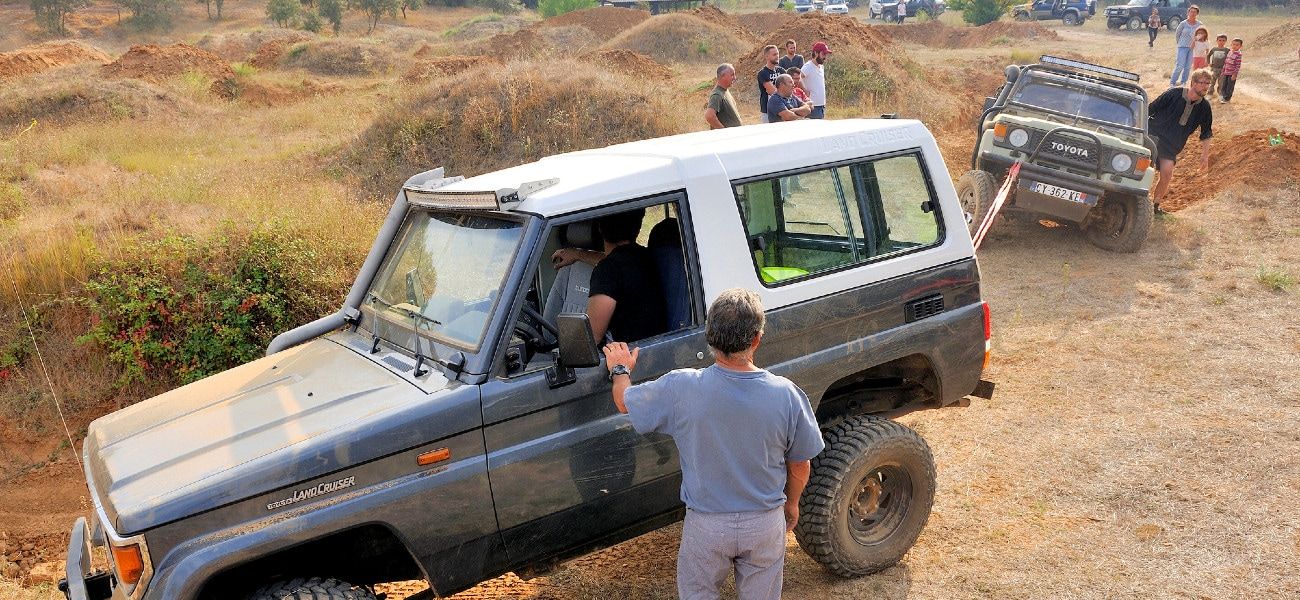If you’ve been looking for a caravan fridge, you might’ve seen the term 3-way fridges and wondered exactly what they are and how they differ from regular fridges.
In this article, we will talk about 3-way fridges in detail. What they are, how they work, the advantages and disadvantages, as well as their power consumption.
At the end of this article, you will be equipped with the knowledge to help you decide whether you need a 3-way fridge or not.
3 Way Fridge - What It Is & How It Works
Most fridges you find on campervans built in the 70s, 80s, and early 90s are 3-way fridges.
A 3-way fridge is an absorption refrigerator that runs on three sources of energy (240V alternating current, 12V direct current and LPG) to power the fridge and ultimately cool the contents.
Regular 2-way fridges, by comparison, only run on 12V DC and 240V AC power.
Because 3-way fridges run on multiple sources of energy, they are considered to be more flexible than 2-way fridges, making them popular for campers who like to go to remote areas.
When run on LPG, absorption fridges work differently than the compressor fridges usually found in your home.
They use a combination of chemical reactions and heat exchange to cool the fridge contents, rather than the standard compressor that you find in household fridges and air conditioners.
In essence, liquid ammonia is boiled into a gas, whereby it reacts with hydrogen gas. This reaction absorbs heat from the surroundings, namely the contents of the fridge.
The ammonia condenses and is then cycled back around the fridge, meaning that it can be used again and does not need to be refilled. The LPG (which is used to boil the ammonia) does, however, need to be refilled regularly.
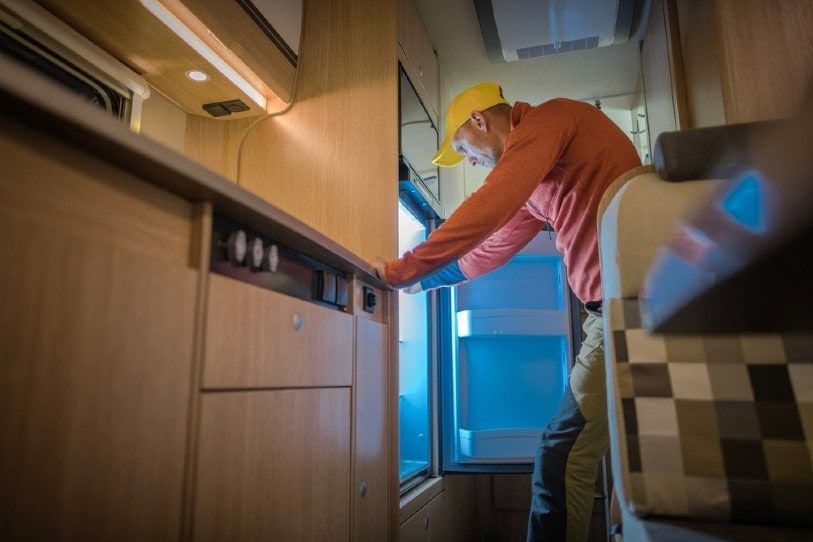
Benefits Using a 3 Way Fridge
The main benefit of using 3-way fridges instead of the regular 2-way fridges is the third and more efficient source of energy which is gas.
Because 3-way fridges can operate for several weeks using only a 9kg gas bottle, you can camp off-the-grid longer without losing the luxury of cold drinks and refrigerated food.
This is ideal for caravan owners who use their caravan for travelling to off-the-grid locations rather than camping at campsites with access to mains power.
However, using a 3 way fridge also has its disadvantages. 3-way fridges aren’t as efficient as 2-way fridges when running on 12V DC power.
Furthermore, they aren’t very good at dealing with hotter temperatures and they have lower cooling power.
The Different Power Sources Used By a 3 Way Fridge
We’ve mentioned that these absorption fridges are called 3-way fridges because they can run through 3 power sources. But what are those sources, where do you get them, and how does a 3-way fridge use them?
12V DC
DC power can come from solar panels, an independent 12V battery (like the Enerdrive Lithium battery), or even your car battery.
This is the most common power source for your caravan appliances.
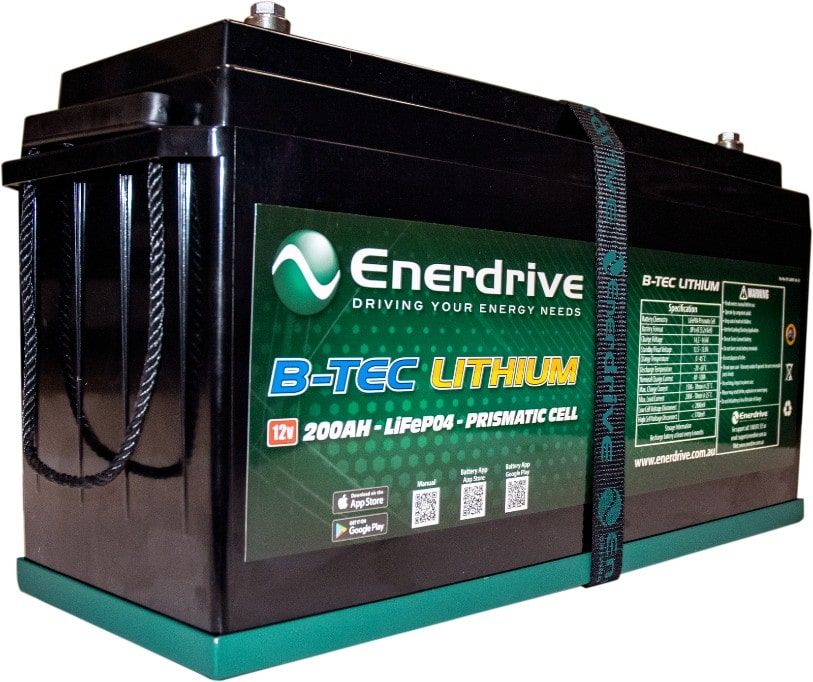
240V AC
The next source of power is the 240V AC or the mains power. This is pretty much the power you get from the grid to power your home appliances.
240V AC can be found at campgrounds when you connect to mains power. Using mains power as a source of electricity simply means you are hooking up your fridge to the grid.
Alternatively, if you have a caravan inverter, you can convert 12V DC power to 240V AC and run your fridge from that, if you prefer.
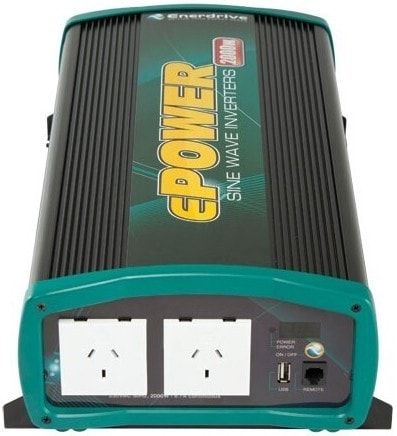
LPG
Last but definitely not least, LPG. The ability to run on gas is what makes 3-way fridges attractive. Most service stations have some kind of Swap ‘n’ Go setup for 9kg LPG bottles, each of which will run your fridge for quite a while.
Basically, all these energy sources do the same thing, heat up the elements inside the fridge which will create a chemical reaction and absorb the heat, therefore, cooling the core of the fridge.
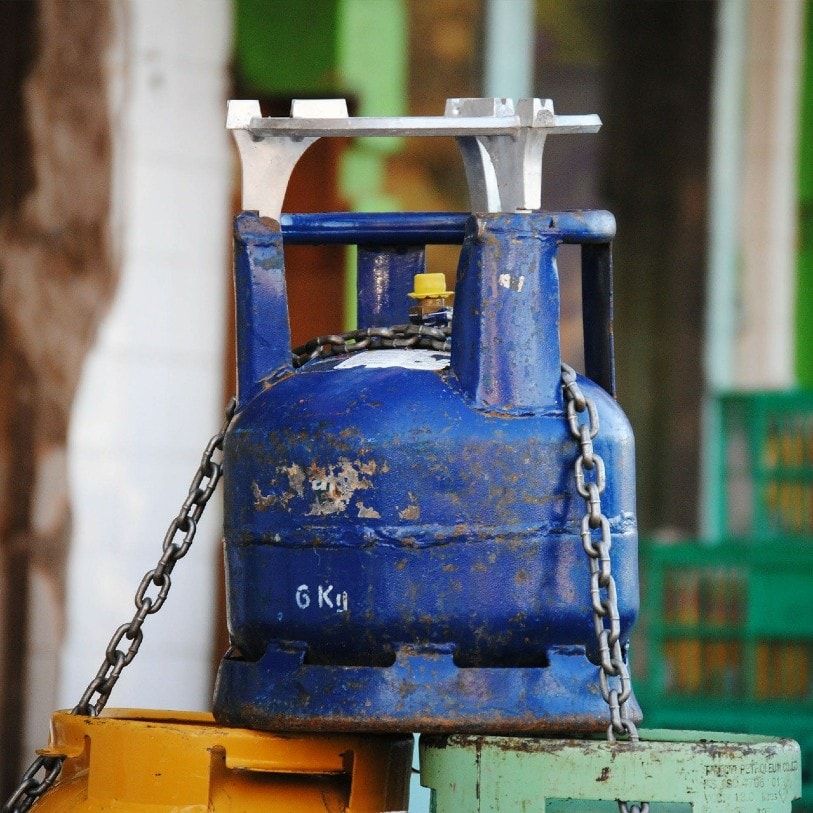
Power Consumption Of A 3 Way Fridge
The power consumption of a 3-way fridge will depend on multiple factors including the size and the quality of your fridge.
Its efficiency will also differ based on the power source running it.
Compared to a 2-way fridge, 3-way fridges are less efficient when you run them on 12V DC. A 150W fridge that draws around 12.5 amps will only last for 5-7 hours on a 100Ah battery.
Compare that to a 2-way fridge that draws only 2 amps which can last for several days on a 100Ah battery.
However, 3-way fridges are very efficient when they run on LPG.
A single 9kg gas tank can run a good 3-way fridge for several weeks making it ideal for those who do not want to worry about draining their batteries when going off-grid.
Conclusion
To conclude, a 3-way fridge works by absorbing the heat rather than creating cold. They can be powered using a 12V DC, a 240V AC, or LPG.
3-way fridges are less efficient when plugged into a 12V power source. However, they are highly efficient when they are powered by LPG lasting for several weeks on just a 9kg gas tank.
Therefore, 3-way fridges are highly recommended for those who travel off-grid longer.
This article may contain affiliate links. I will earn a commission if you choose to purchase a product or service after clicking on my link. This helps pay for the cost of running the website. You will not be disadvantaged in any way by using my links.
Note that while every effort is made to ensure the accuracy of the information on this page, there may sometimes be errors. Check all specifications with the manufacturer before purchasing any product.


